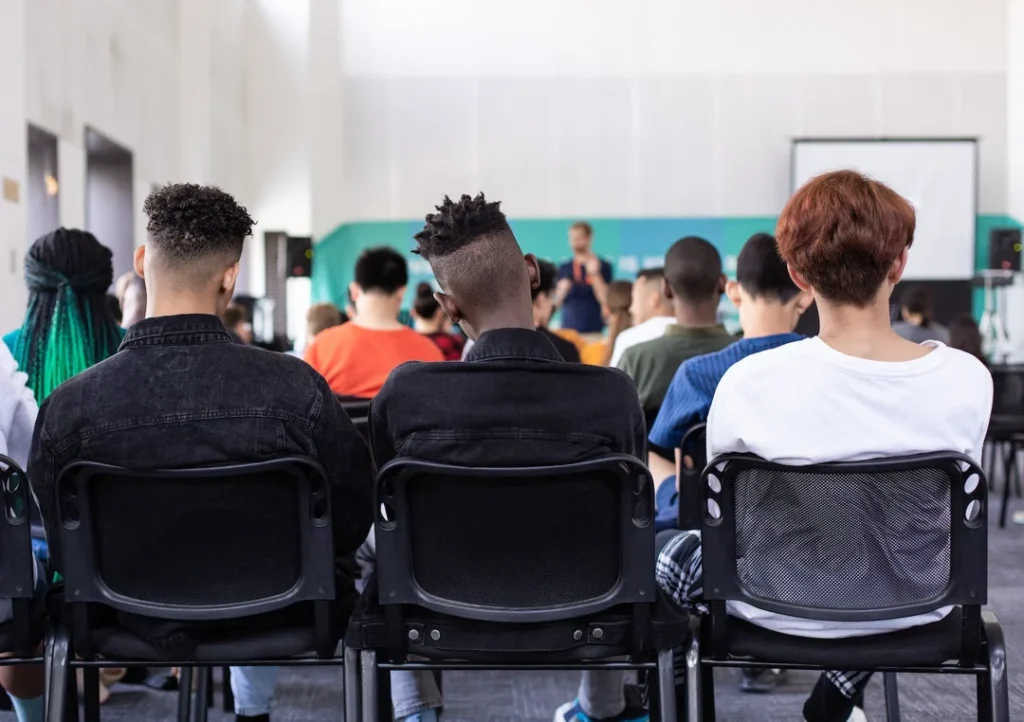Embracing Tactile Learning in Small Classrooms
The Unique Appeal of Hands-on Education
In an era where education is often dominated by digital interfaces and large, lecture-style classes, a significant portion of the student population still thrives in a different environment: small, hands-on classrooms. These tactile learners, who grasp concepts best through physical interaction and practical application, find immense value in this intimate and interactive approach to education.
Why Small, Hands-on Classrooms Work for Tactile Learners
- Personalized Attention: In smaller classes, teachers can offer more personalized attention, understanding each student’s learning style and adapting methods accordingly. This attention is crucial for tactile learners who benefit from direct guidance and feedback.
- Active Engagement: Tactile learners need to ‘do’ to understand. In these classrooms, lessons are often structured around activities, experiments, and real-world problem-solving, keeping these students actively engaged and involved in their learning process.
- Immediate Application: Concepts are not just taught but immediately applied. Whether it’s a physics lesson demonstrated through building a model bridge or a history lesson understood through reenactment, tactile learners see and understand the practical implications of their studies.
- Collaborative Learning: Small classrooms often foster a sense of community. Tactile learners benefit from this collaborative environment where they can work in teams, share ideas, and learn from their peers in a hands-on setting.
- Reduced Distractions: Larger classrooms can be overwhelming and distracting for some learners. A smaller setting minimizes these distractions, allowing tactile learners to focus better and absorb information more efficiently.
Success Stories: Tactile Learners in Action
Numerous case studies and personal accounts attest to the effectiveness of hands-on learning in small classrooms. From vocational training programs to innovative STEM education, the impact is clear: when tactile learners are given the opportunity to learn in an environment that caters to their strengths, they not only understand but excel.
The Future of Education: Inclusivity and Diversity
The educational landscape is slowly recognizing the need for diverse learning environments. As we move towards a more inclusive approach, small, hands-on classrooms play a critical role in catering to the needs of tactile learners, ensuring that every student has the opportunity to learn in a way that best suits them.
Enhancing Educational Programs with Digital Marketing
Having a strong online presence is essential to effectively promoting the benefits of hands-on learning and reaching more tactile learners. Digital marketing can help educational institutions highlight their unique teaching methods and success stories, attracting more students and stakeholders.
Conclusion: A Call for More Hands-on Learning Opportunities
The value of small, hands-on classrooms for tactile learners cannot be overstated. As educators and policymakers, advocating for and implementing more of these learning environments is essential. By doing so, we not only support tactile learners but also enrich our educational system with diverse and effective teaching methodologies.


